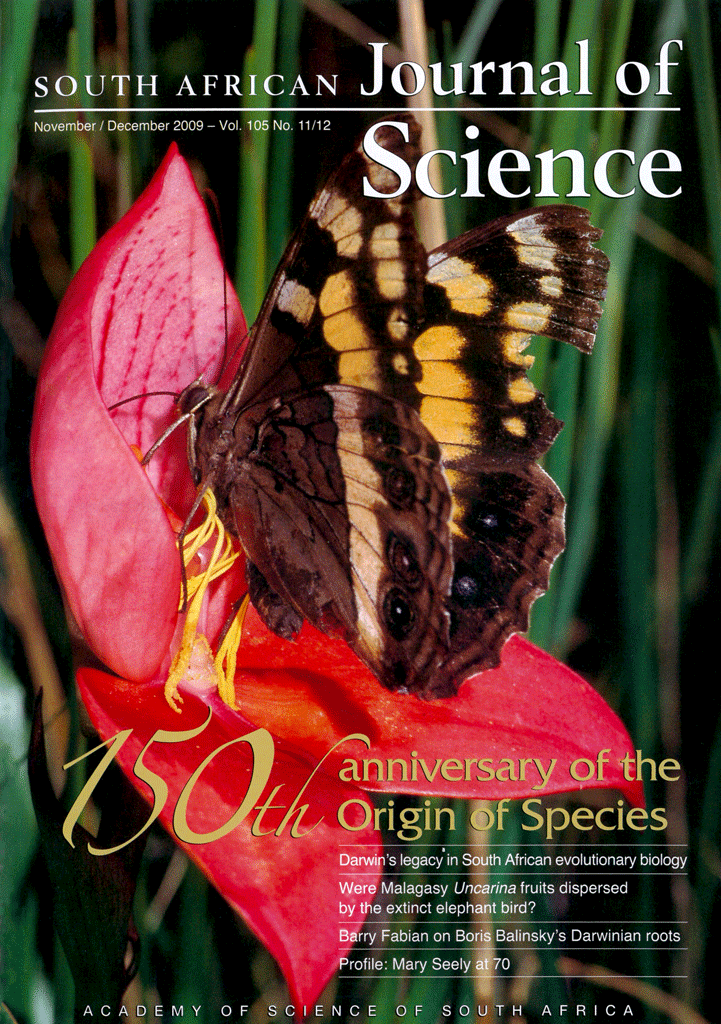Mechanisms by which circadian rhythm disruption may lead to cancer
Abstract
Humans have evolved in a rhythmic environment and display daily (circadian) rhythms in physiology, metabolism and behaviour that are in synchrony with the solar day. Modern lifestyles have compromised the exposure to bright light during the day and dark nights, resulting in the desynchronisation of endogenously generated circadian rhythms from the external environment and loss of coordination between rhythms within the body. This has detrimental effects on physical and mental health, due to the misregulation and uncoupling of important cellular and physiological processes. Long-term shift workers who are exposed to bright light at night experience the greatest disruption of their circadian rhythms. Studies have shown an association between exposure to light at night, circadian rhythm disruption and an increased risk of cancer. Previous reviews have explored the relevance of light and melatonin in cancer, but here we explore the correlation of circadian rhythm disruption and cancer in terms of molecular mechanisms affecting circadian gene expression and melatonin secretion.Downloads
Published
2010-02-01
Issue
Section
Review Articles
License

All articles are published under a Creative Commons Attribution 4.0 International Licence
Copyright is retained by the authors. Readers are welcome to reproduce, share and adapt the content without permission provided the source is attributed.
Disclaimer: The publisher and editors accept no responsibility for statements made by the authors
How to Cite
Beckett, M., & Roden, L. (2010). Mechanisms by which circadian rhythm disruption may lead to cancer. South African Journal of Science, 105(11/12), 415-420. https://sajs.co.za/article/view/10224
Views
- Abstract 157
- PDF 104













.png)